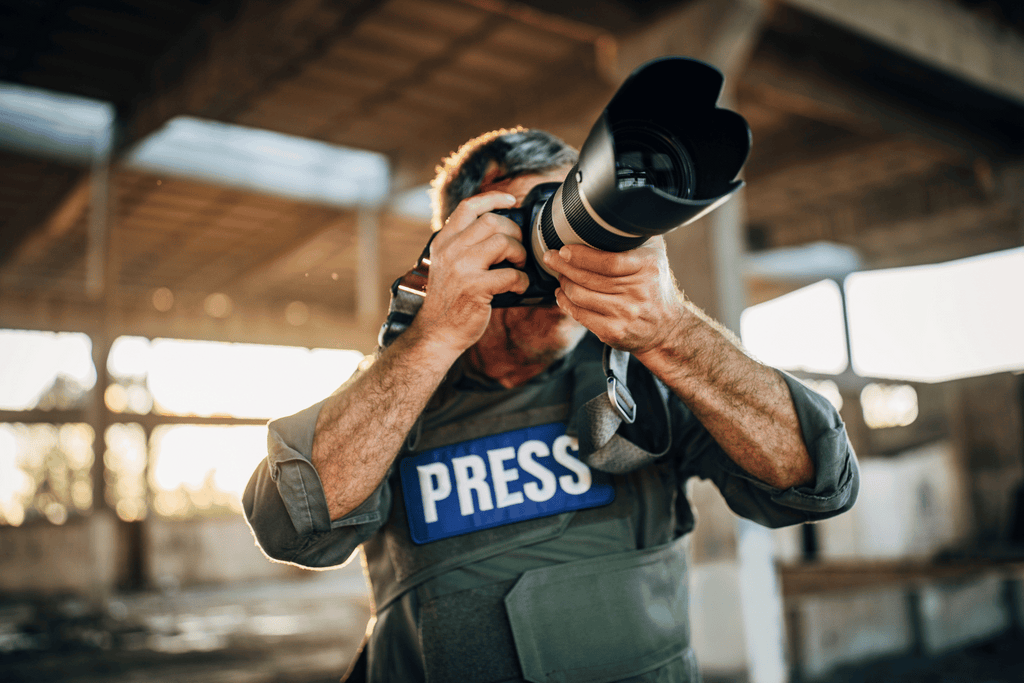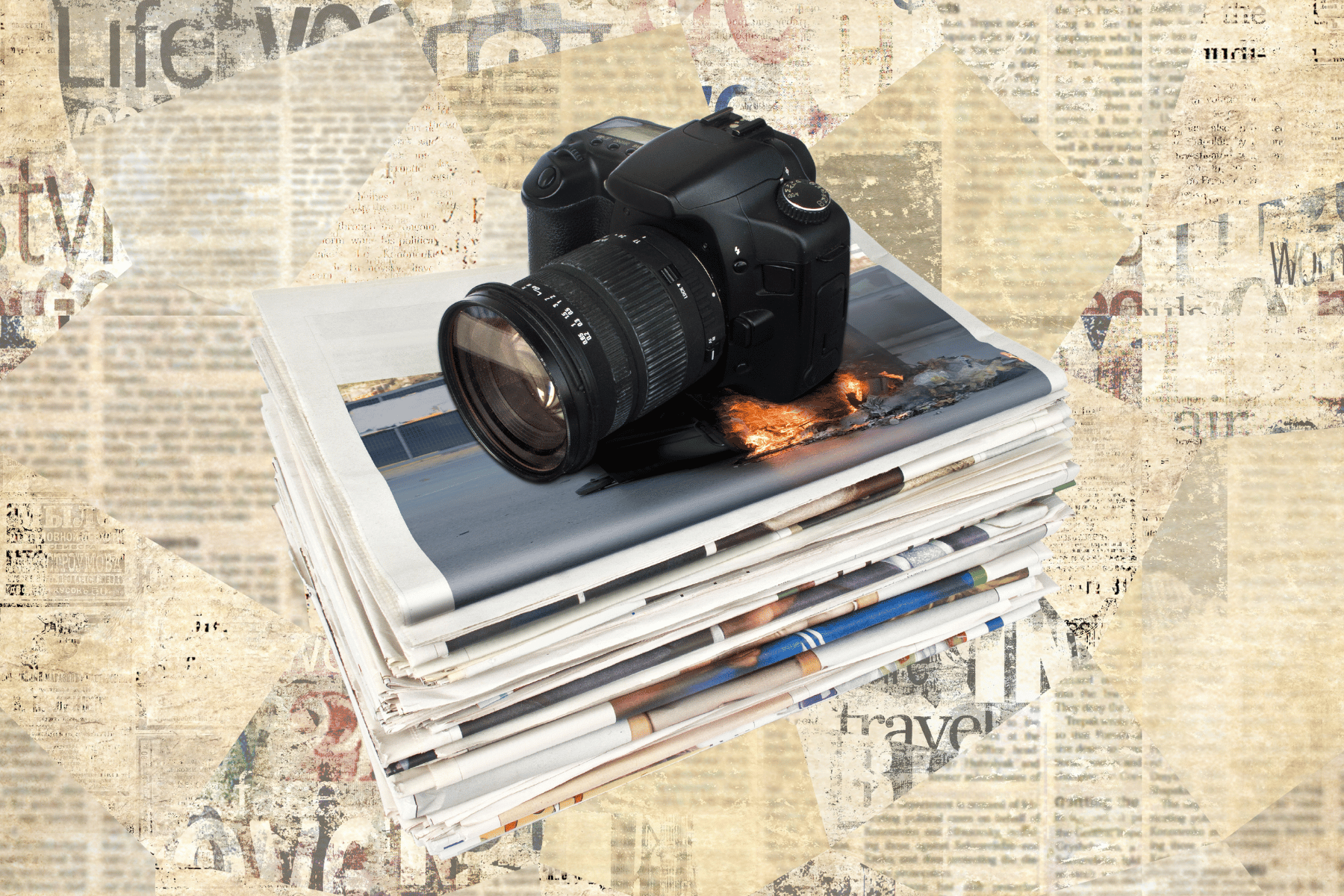Peaceful protests and demonstrations have become essential in our ever-changing world, where social and political changes continue to shape our societies. Through these events, people can express their collective concerns and demand justice. Aside from raising awareness, these demonstrations also have significant historical value.
Using professional camera equipment to capture these moments allows us to document history as it happens, preserving the powerful stories, emotions, and atmosphere of peaceful gatherings. This article explores the art of taking powerful images of peaceful protests and explains why it's important to document such events.
To photograph history as it unfolds, consider the following:
- The role of professional camera equipment
- Preparation and planning
- Capturing emotions and stories
- Composition and framing
- Lighting and timing
- Ethical considerations
- Preserving and sharing the images

History
Photographers have been crucial in documenting and capturing significant moments during major historical and social events. Their lens has helped preserve humanity's memory of triumphs, struggles, and revolutions.
Photography uniquely captures the raw emotions of a particular moment and immortalizes it for future generations. This is exemplified by iconic images like Rosa Parks on a Montgomery bus and Eddie Adams' photograph of the execution in Vietnam, which defined the civil rights movement and exposed the horrors of war, respectively.
Photo is not just historical records; they also impact society by generating empathy, inspiring action, and sparking change. They give a voice to the voiceless, expose injustice, and promote understanding among different communities. Through their lenses, photographers can shape narratives, challenge stereotypes, and make a positive difference in the world.

The Role of Professional Camera Equipment
Professional camera equipment is important for capturing the essence and significance of peaceful protests in fast-paced and dynamic environments with heightened emotions. High-quality cameras and lenses allow photographers to capture these rapidly unfolding moments with precision and clarity, accurately conveying the true essence of the event.

Preparation and Planning
To effectively document a peaceful protest, preparing and planning carefully is important. Before attending the event, try to become familiar with its purpose, history, and key figures involved. Stay informed about relevant social issues and understand the concerns being addressed. It can also be helpful to research the location and expected route of the protest, identifying potential vantage points and strategic positions for capturing powerful images.

Capturing Emotions and Stories
As a photographer covering peaceful protests, capturing the participants' emotions and stories through your images is important. Look for moments that showcase unity, resilience, determination, and compassion. Pay attention to the diverse faces, expressions, and gestures that reflect the collective spirit of the demonstration.
Related article: 8 Tips for Better Visual Storytelling

Composition and Framing
It is important to focus on composition and framing to create impactful protest images. Since protests involve many people, avoiding crowded or disorganized compositions can be difficult. However, it's possible to highlight individuals or small groups that represent the cause or convey a powerful message. To achieve this, use techniques like the rule of thirds, foreground-background relationships, and leading lines to create visually compelling images.
Related article: Photography Composition Techniques

Lighting and Timing
To capture great photos of protests, it's important to be aware of lighting conditions that can change throughout the day. Pay attention to how light and shadows impact the mood and drama of the scene. Take advantage of the "golden hour" and "blue hour" for warmer or cooler tones that evoke different emotions. You can also experiment with long exposures to capture movement and add energy to your shots.
Related article: Golden Hour - The Key to Better Golden Hour Photography

Ethical Considerations
When documenting protests, it's important to consider the ethical implications. It will help if you respect the participants' privacy and personal boundaries. Try to obtain consent when taking photos or videos, particularly when capturing close-up shots or intimate moments. It's important to remain impartial and avoid editing or altering the images to preserve their historical value. Remember that your main objective is to document and not interfere with the protest.
Related article: Close up Photography: How to Take Stellar Close-Up Shots

Preserving and Sharing the Images
To ensure the safety of your powerful images of the peaceful protest, it is important to back them up in multiple locations. Additionally, organize and categorize your images, and add relevant metadata and captions to provide context. Consider sharing your work through exhibitions, online galleries, or social media to amplify the impact and promote dialogue around the cause.
As a photographer documenting a peaceful protest, I am inspired by the experience. Surrounded by a passionate crowd, each with their own beliefs and desire for positive change, I have the opportunity to witness history. The atmosphere is charged with determination, unity, and a common goal that surpasses individual differences.
I take pictures amidst the crowds, hoping to capture brief yet powerful moments embodying the movement's energy and spirit. The amalgam of faces, dynamic gestures, and unwavering dedication of the participants motivate me to record their experiences. As I silently observe through my camera lens, I document their bravery, endurance, and optimism emanating from every direction.
Whenever I take a photo, I am reminded of the power of collective action and the need for change and justice. I feel a great sense of responsibility, as the pictures I take can inspire and challenge others and foster empathy. Witnessing this transformative moment in history is a privilege, and I am honored to be able to use my skills to contribute to positive change.
Capturing peaceful protests using professional camera equipment is a significant way to document history in the making. With the aid of modern photography, we can capture moments of solidarity, enthusiasm, and perseverance and distribute them worldwide. By sharing these pictures, we promote the communal reminiscence of turning points in social justice, which may motivate future generations to pursue constructive transformation.
So pick up your camera and get out there. Remember, you only have to believe in doing your job with integrity and objectivity.
Related article: Street Photography - How to Become a Street Photographer (5 Steps)
Related article: How Photography Helps Mental Health
Related article: Everything Looks Better in Black & White – Tips for Better B&W Photography
Related article: Shallow Depth of Field: A Guide to Better Storytelling
Related article: How to Use Color Theory to Create Visually Pleasing Images?












